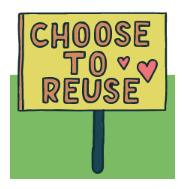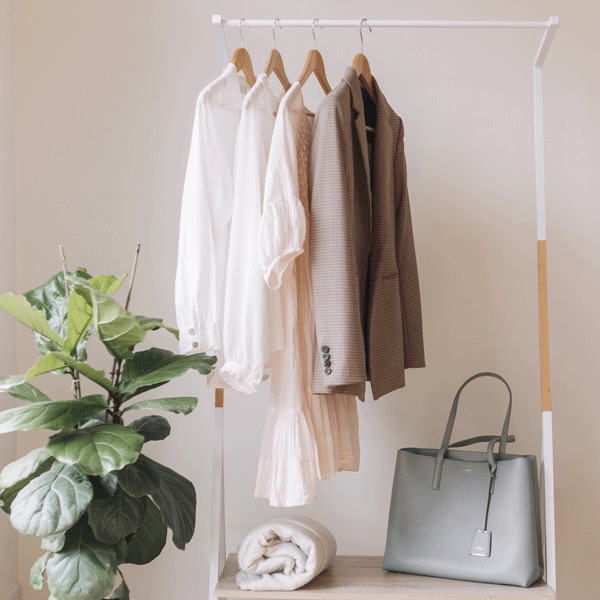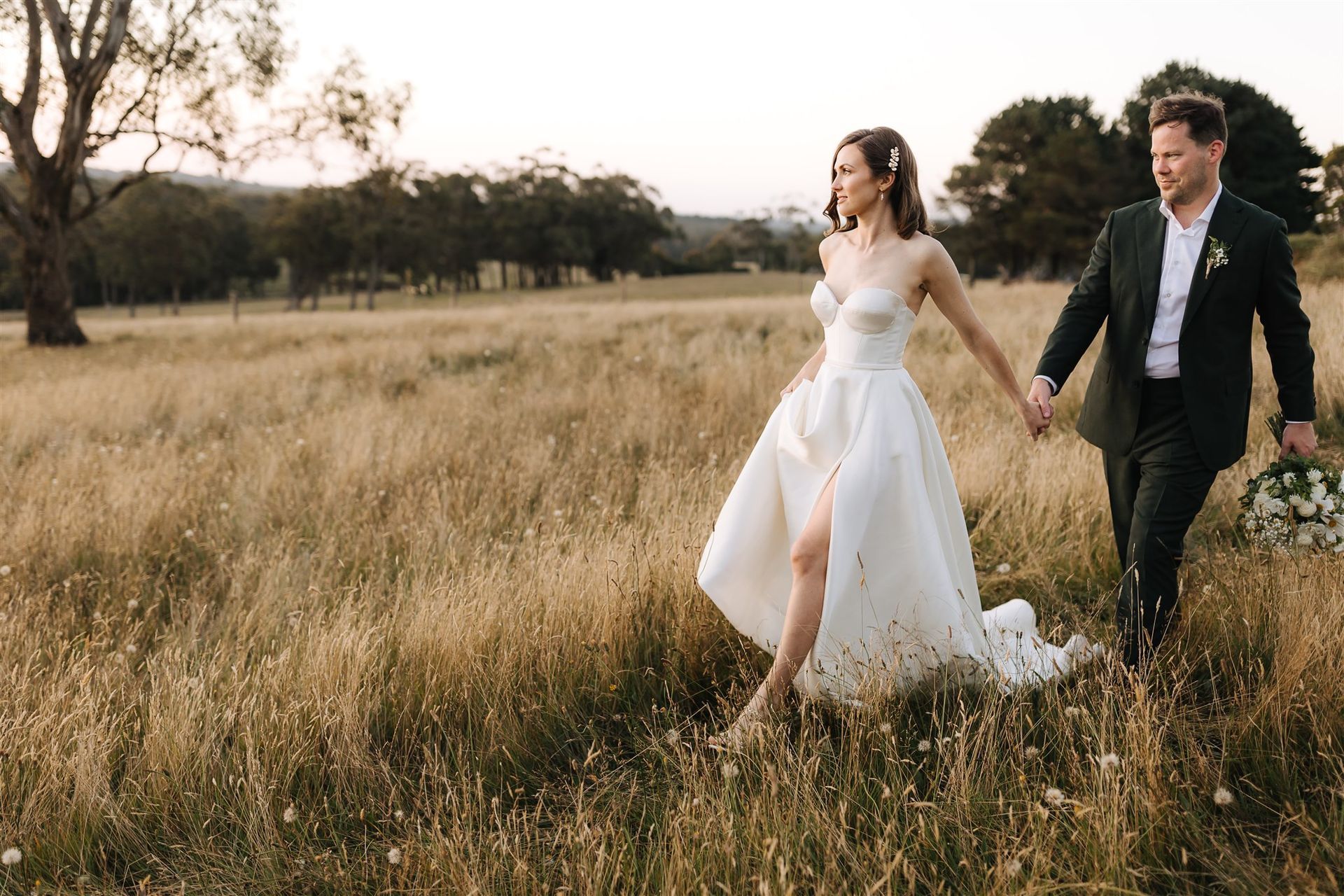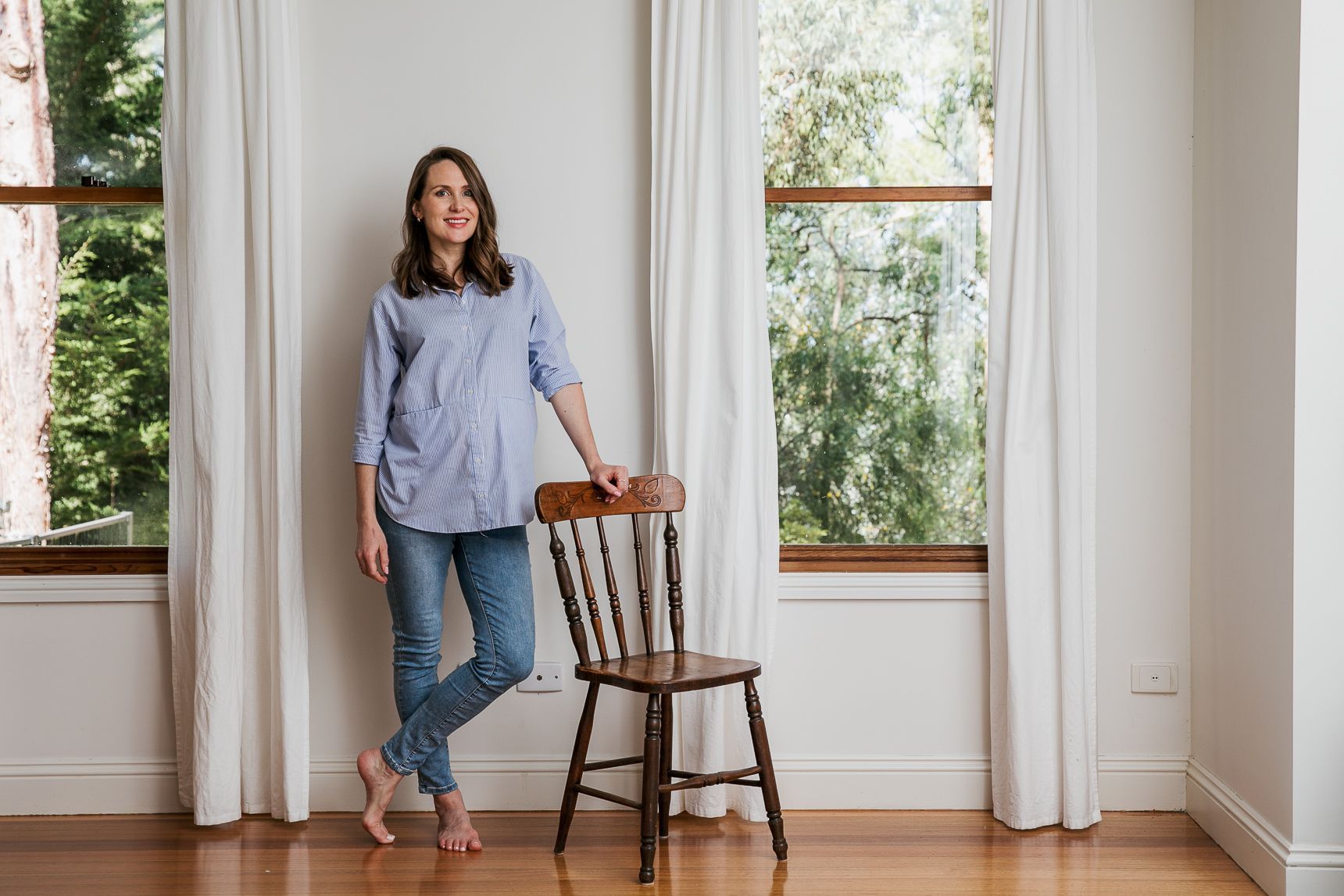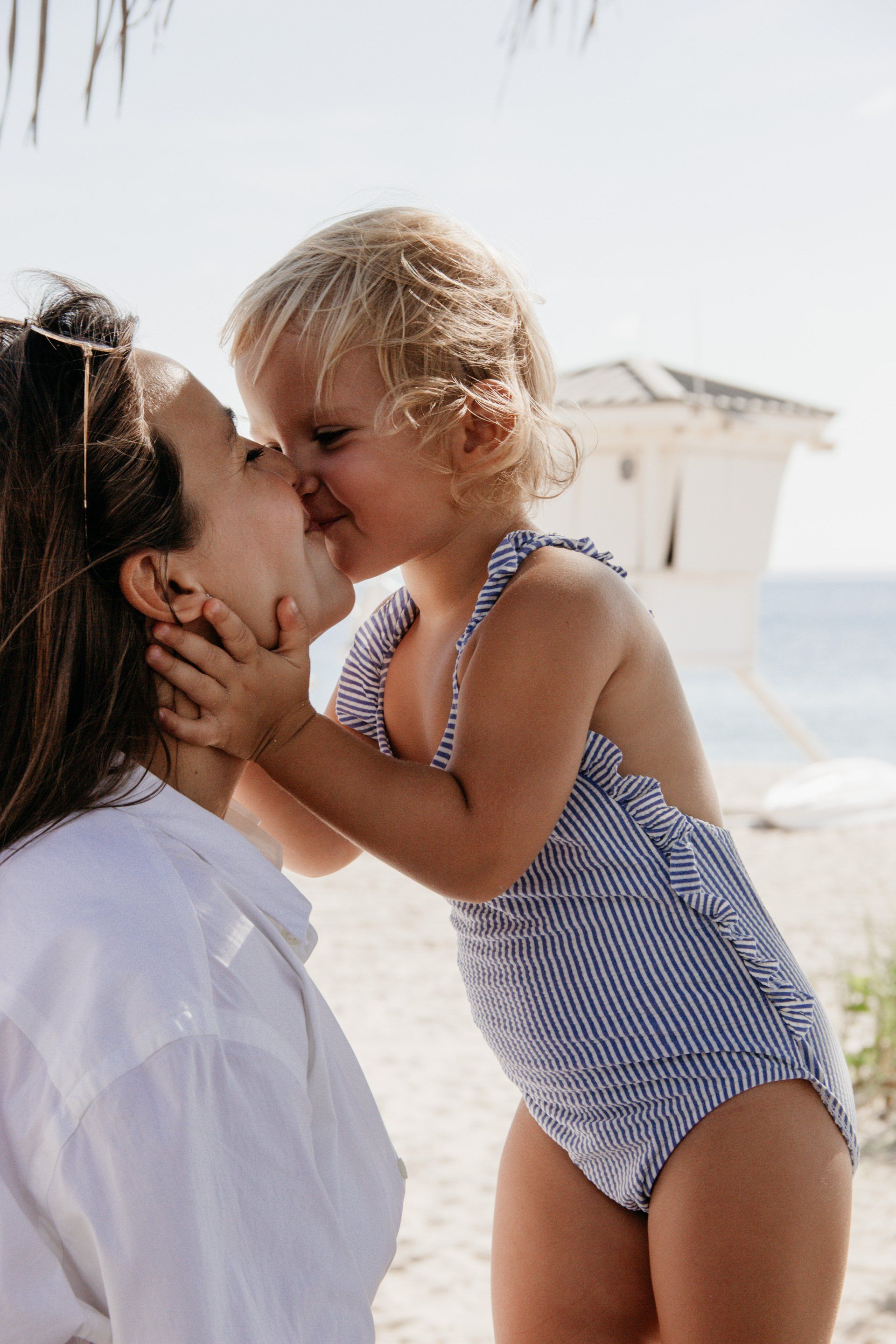The Ultimate Guide to Selling Secondhand Clothes in Australia
I have made a lot of money from selling clothes. Online via eBay and Facebook Marketplace, at markets and in consignment shops. You name it I have tried it!
I've found that selling decluttered clothes not only adds a little more joy to a
wardrobe declutter, but it helps to limit textile waste. And as an eco-warrior, anything I can do to limit waste is worth it.
NOTE: For textile waste information read
Recycling Your Old Clothes In Australia – H&M vs Manrags, what you need to know.
I know what you are thinking.. time and money. Is selling clothes online or in person worth it?
My Answer:
“YES, it definitely can be!”
There are multiple things you can do to make the clothes selling process quick, easy and financially rewarding.

The Best Clothes Brands to Sell Secondhand
Unfortunately not all clothes sell easily secondhand. Designer and well known clothing brands sell the best. People are more likely to buy pre-loved brands they know and love. Australian labels such as Kookai, Zimmerman, Gorman, Acne & Alice McCall sell very well.
Vintage clothes also sell well secondhand, yet when selling vintage clothes online make sure to include measurements. Current sizing doesn't always apply to vintage pieces. Check out our selling online tips below.
Don't be afraid to advertise other brands and non-vintage clothes, but be mindful that they might be a little harder to sell, especially via online channels.
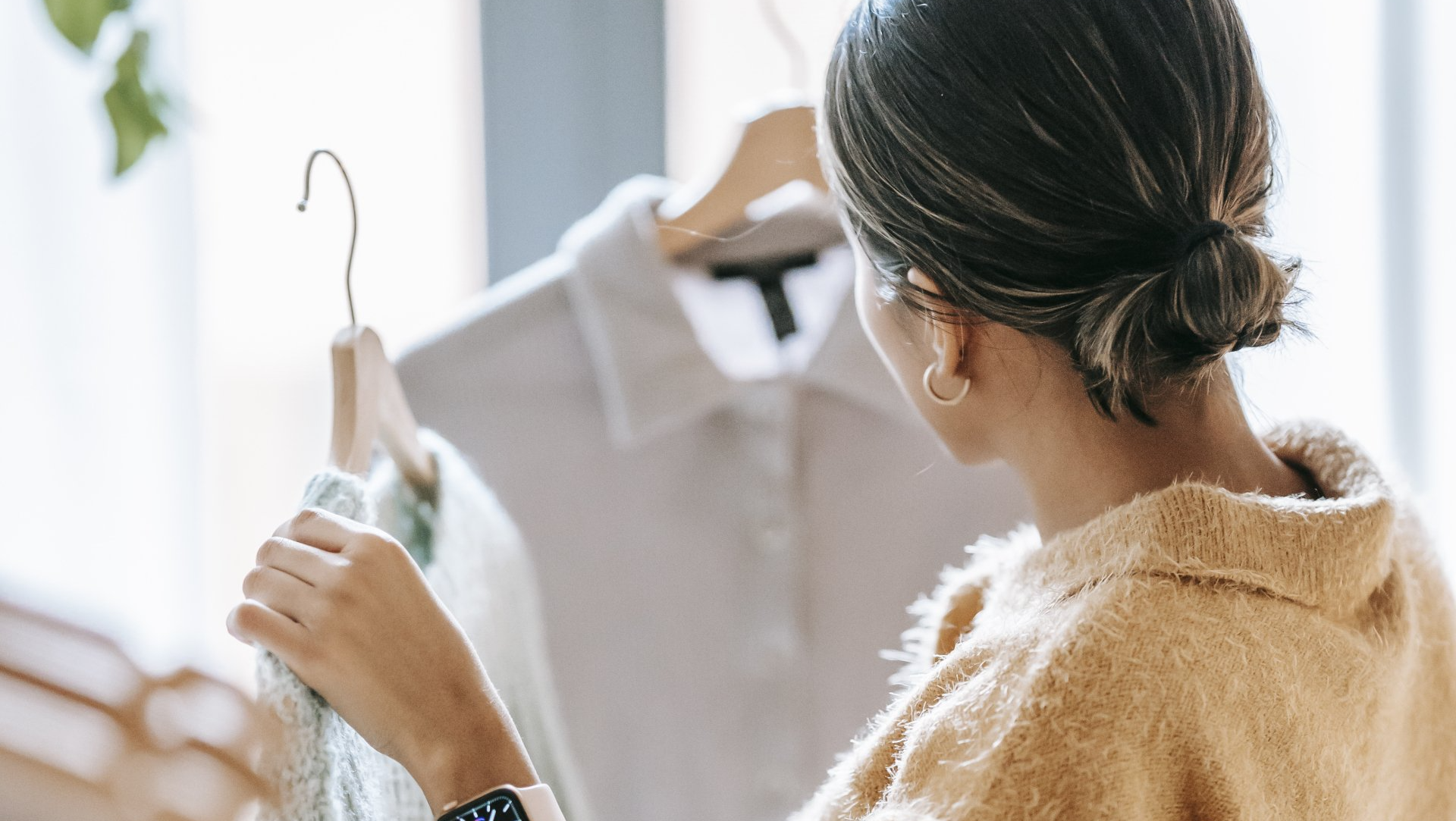
How to sell secondhand clothes online
People have come increasingly confident in buying clothes online, even on the secondhand market. If you choose to sell online you have paid and free options.
Selling Online for Free
Facebook Market, Facebook Groups and Gumtree are the sale paths of least resistance. Everyone is allowed to sell online (some groups do have restrictions) and your audience is far-reaching. Like all free sites selling online does come with risks, so make sure you read our selling online safety tips below.
Paid Selling Options
Poshmark and eBay are well loved and well used paid secondhand selling sites. Both are easy to set-up profiles on, and include safe payment options making them a financially secure. Finance security can be a big plus when selling expensive and unique items.
For an added bonus, paid sites often come with less back and forth chit-chat with potential buyers. As opposed to Facebook which can attract time-wasting bargain hunters.
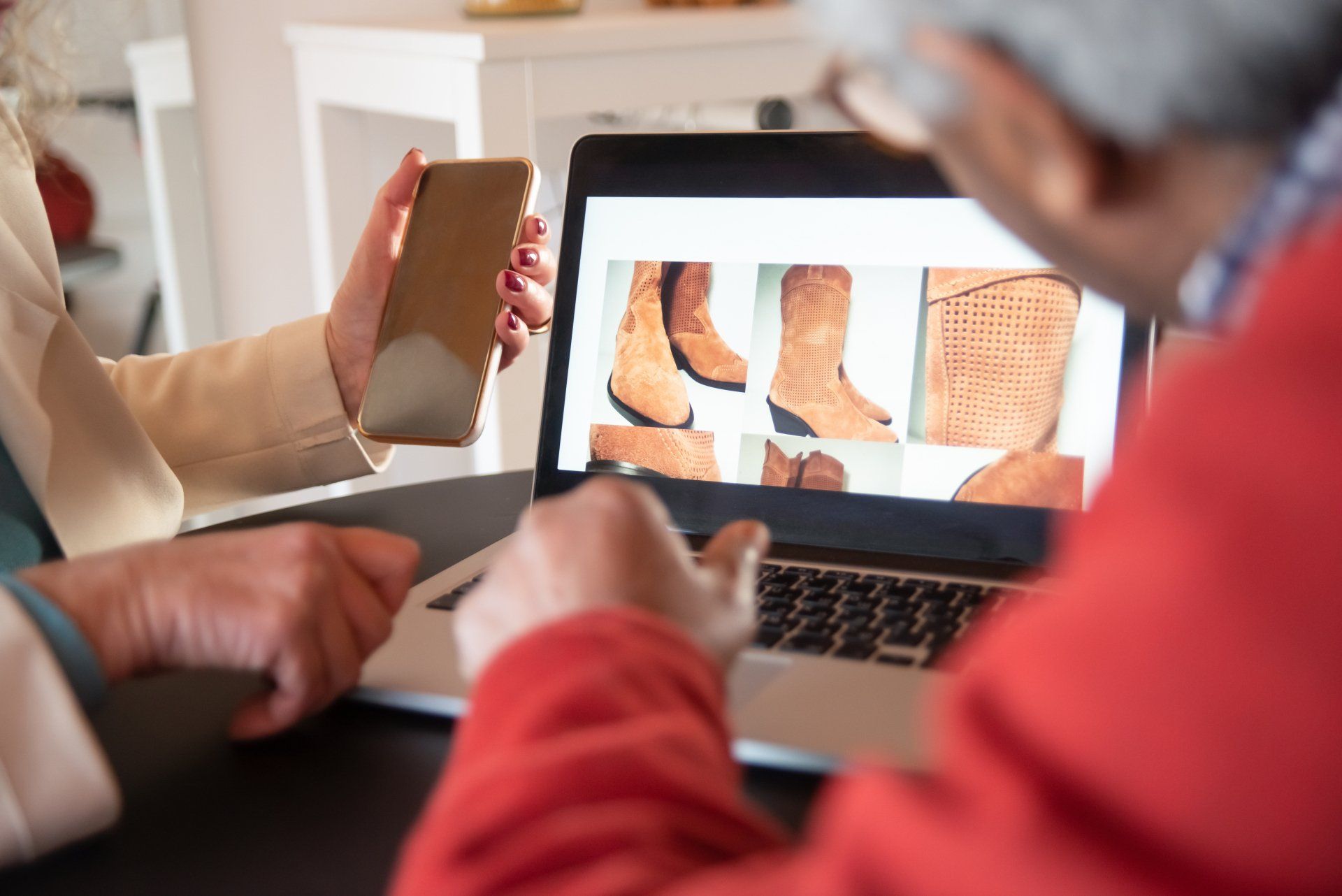
Tips to Successfully Sell Clothes Online
Now that you know which clothes to sell and where, there are still a few things you can do to speed up the sale process.
To give yourself the best chance of closing a sale with a few simple tips.
For online sales photo quality and details are key!
Photo quality:
Take your photos in natural light using the best camera you can. Hung clothes always photograph better than those laid on a bed. For the best hung clothes photos, hook items on the back of a door, or my personal fave - take down a painting and use the picture hook on the wall.
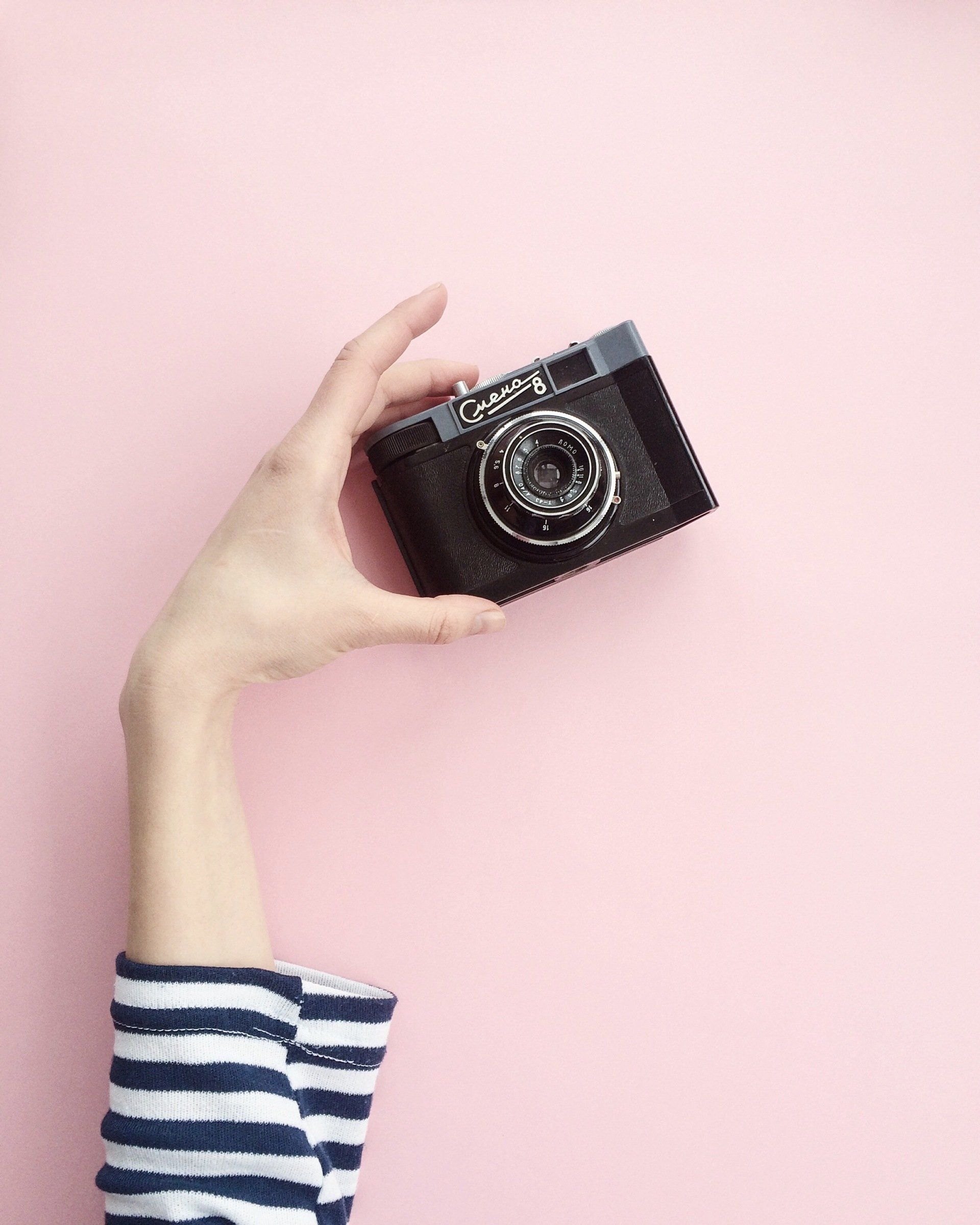
Details: Always including sizing in the sale heading. For unique, vintage or odd sized pieces I recommend adding measurements, it's a bit of extra work but it might be what makes your piece stand-out (and sell) over others.
Make yourself easy to buy from and add as much detail as you can. For example including where to park and distance from a key landmark, i.e. "pick up in Tidy Town, only a 100m walk from Tidy Town Railway".
Including
multiple pick-up locations or posting options can also make your add more attractive. If you work in a city offer a city pick up. Central city landmarks can be convenient and safer.
Online Selling Safety Tips
I don't like to think the worst in people, but there are fraudsters out there. So be smart.
- Don't give out your phone number, all conversations must go through the online platform. Plus it might pay to pull down that sexy profile pic you loaded last week to annoy your ex!
- Don't give out your unit number if you live in an apartment block. Meet in the lobby or on the street.
- Don't give your street number until your buyer is committed. In fact, leave out the street number and provide a street corner where possible.
- Do make your meeting time-specific. Avoid lines like "pick up anytime" or "between X o'clock and Y o'clock".
- Do prepare yourself and ideally have more than one person at home.
If all of that has freaked you out, meet in a public place or post it.
How to sell secondhand clothes in person
There are three key places to sell secondhand clothes in person; Consignment Stores, Clothing Exchanges and Markets. They are all slightly different, so here is what you need to know.
Consignment stores

Consignment stores make the resale of unique and quality items easy. Take your clothes to these locations, and if they consider your items saleable they will do the selling for you. If sold, the consignment store will take a commission or percentage of the sale.
Consignment stores are my favourite method of sale, but there are a few things you need to know. Consignment selling is very different than selling secondhand clothing yourself. Often these stores will only accept certain brands, or a certain number of sellable items and are heavily season dependant. I recommend reading our blog Everything You Need to Know About Selling in Consignment Stores before giving it a go. The blog include six key consignment store selling tips.
Clothing Exchanges
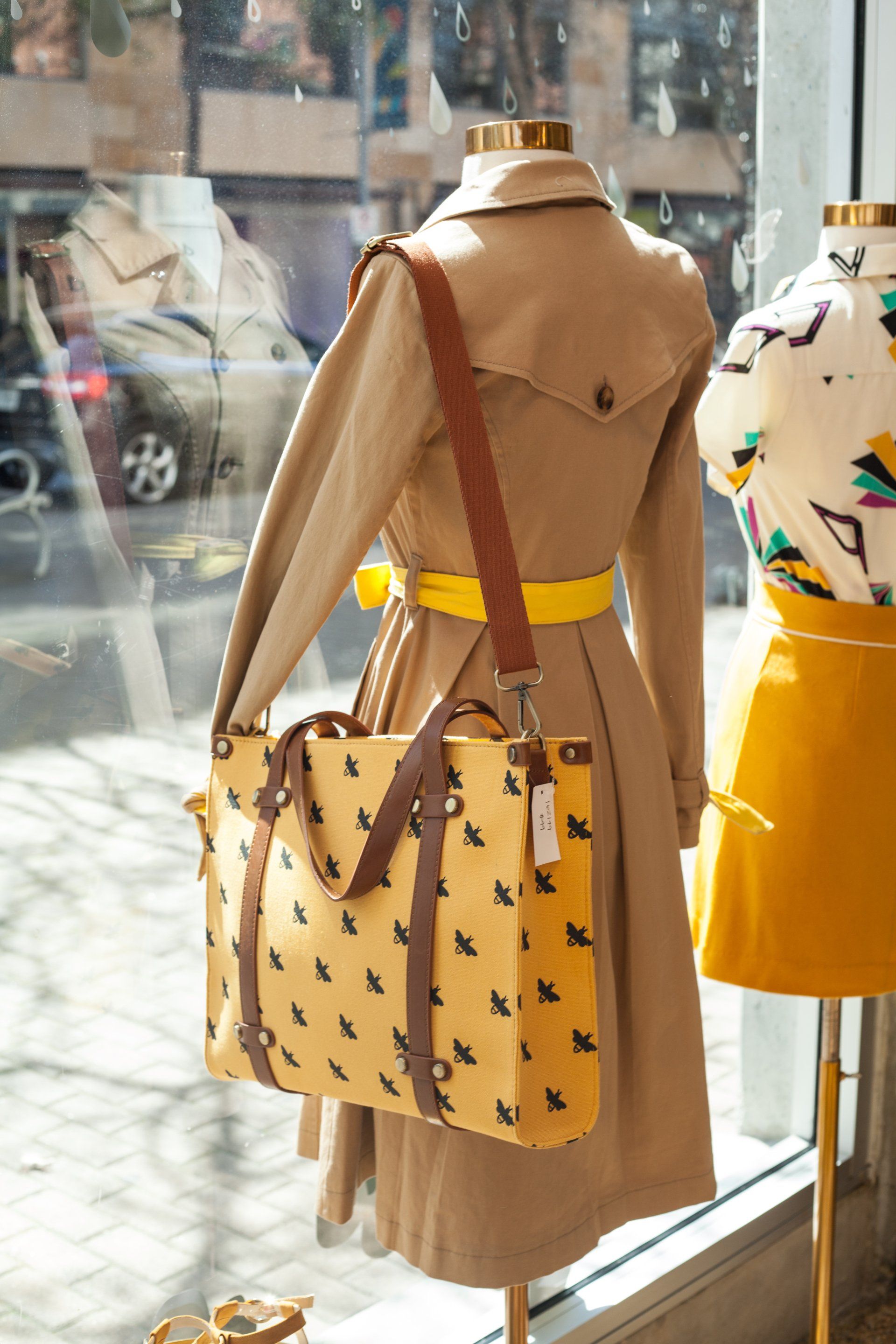
Unlike consignment stores, clothing exchanges will buy your clothes outright. The idea being that you use the proceeds to buy from them - an exchange of sort.
How does it work? The exchange buys items they are confident they can resell, and will give you a % of the resell price, either cash or store credit. For example; if they plan to sell your jeans for $30, you can either take 50% store credit ($25) or 40% cash ($12). But again these store can be particular, so make sure you check their website first for style and season. Present your clothes well and be prepared to be turned away.
Clothing exchanges are very popular in the United States, a secondhand clothes culture I fell in love with when I lived there. Exchanges like Beacon’s Closet and Buffalo Exchange have set the stage for easeful and rewarding secondhand shopping.
Markets

Hosting a stall at a pre-loved fashion market is not only a great way to sell clothes, it’s a really fun day out. For a fee, businesses like Round She Goes and Hunter Markets will set you up with a beautiful space and round-up hungry shoppers. All you need to do is turn up and start selling.
I've hosted stalls at both local markets and paid fashion markets and had an absolute ball. I met lots of lovely like-minded sustainable fashion folks.
Garage Sales

Every October, 40,000 Australia's sell their pre-loved belongings via the Garage Sale Trail, and including clothes. Some communities host collective sale locations in Town Halls or Community Centres, others set up on the nature strip. This amazing initiative is a fun hassle-free way to give your clothes a second life and meet your neighbours!
Visit GarageSaleTrail.com.au to work out what’s happening in your community.
Tips to Successfully Sell Clothes In Person
For in person sales think - Presentation, Seasonality and Ease.
Presentation. Make sure all of your items are washed and presentable. For expensive garments have it laundered and leave the dry-cleaning tag on. This is an absolute must for consignment stores and exchanges, they will take nothing unwashed.
Sell seasonally. No one wants to buy a winter jacket in summer, think like a department store and sell what is in season. Consignment stores will only take in-season clothes, so store those winter warmers at home until it cools down.
Make yourself easy to buy from. Whether it is online or in-person, it pays to be nice.
In a stall or garage sale setting, make small talk with your potential customers, encourage them to try on items and talk about what made you buy it. Make yourself approachable, and remember smiles sell!!
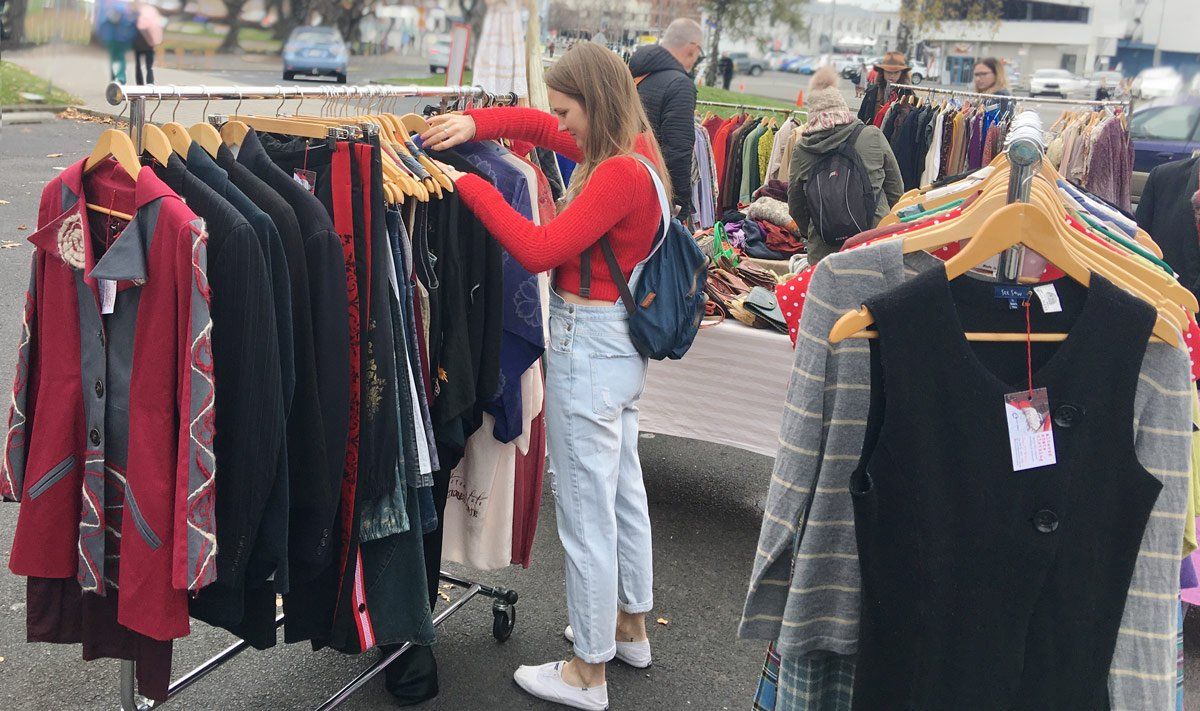
I hope those tips help. Secondhand or pre-loved fashion is the way of the future. And remember to buy secondhand yourself, putting #prelovedfirst is one of the best things you can do to improve your environmental footprint.
Prepare for your sale and learn 5 Things To Declutter From Your Wardrobe
